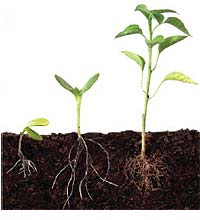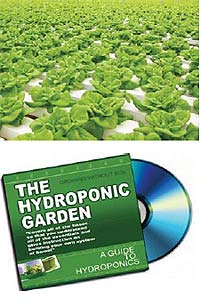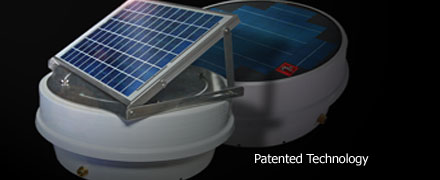What Is Indoor Gardening?
The best way to describe urban indoor gardening is an artificial garden area with simulated lighting conducive to growing plants. Indoor gardening is beneficial to those living in urban areas where outdoor space is limited. It also great for those who want to grow fresh vegetables year around no matter the weather. It is also great for urban areas where residence want to be self sufficient in case of natural disasters or civil disobedience. Having access to an endless supply of fresh organic produce is very reassuring.

How to set up your Urban Indoor Garden
First step: Locate an area in your house or garage where artificial lighting can be set up. The artificial grow lights work great and can be purchased anywhere. The down side to grow lights is the amount of electricity used. Using LED grow lights are best and most economical, having a solar grow light system installed is not only more economical but is more sustainable during electrical brown outs, energy conservation or even if one want to be off the grid or undetected. For more information on Solar Grow Lights click here.
Second step: Determine between traditional soil and hydroponics. The great thing about urban indoor gardening is that you can completely customize your garden. Before you make up your mind it is important to understand the differences between soil and hydroponics, the advantage and disadvantages.

Soil: This is the traditional way. Urban indoor gardeners plant seeds or seedlings in condition soil beds or “graves” usually built out of wood. High -nutrition soil is needed, your soil when properly mixed or conditioned will have all the micro, macro and minerals nutrients available for your plant’s roof and feeding system. Using nutrient filled soil also contains beneficial bacteria that break down organic material, which provides nutrition for your plants. Bacteria is a natural catalyst for a health indoor plant growth.
Hydroponics: In general, hydroponic garden requires a bit more work and knowledge. The Urban Hydroponic gardener must check the pH and TDS, fill and drain water levels in the reservoirs and must add essential nutrients more often then in traditional gardening. When designed properly hydroponic gardening or DWC (deep water culture) grow rates are much faster then soil gardens and the plants can have much more vigor. For more information about Hydroponics visit www.hydroponicist.com
Third step: Gain knowledge, read all you can about urban indoor gardens, find out which type best suits your needs and then have fun being healthy and organic!


